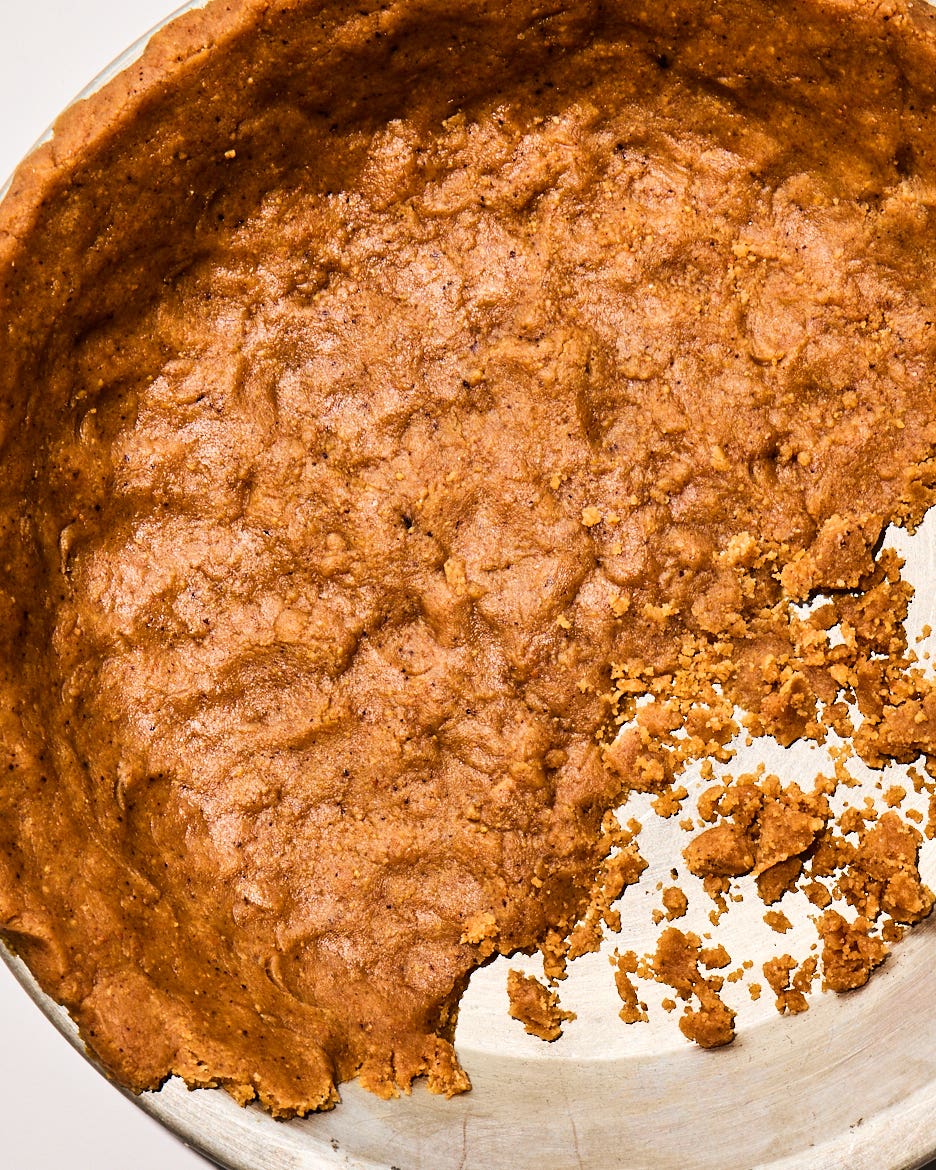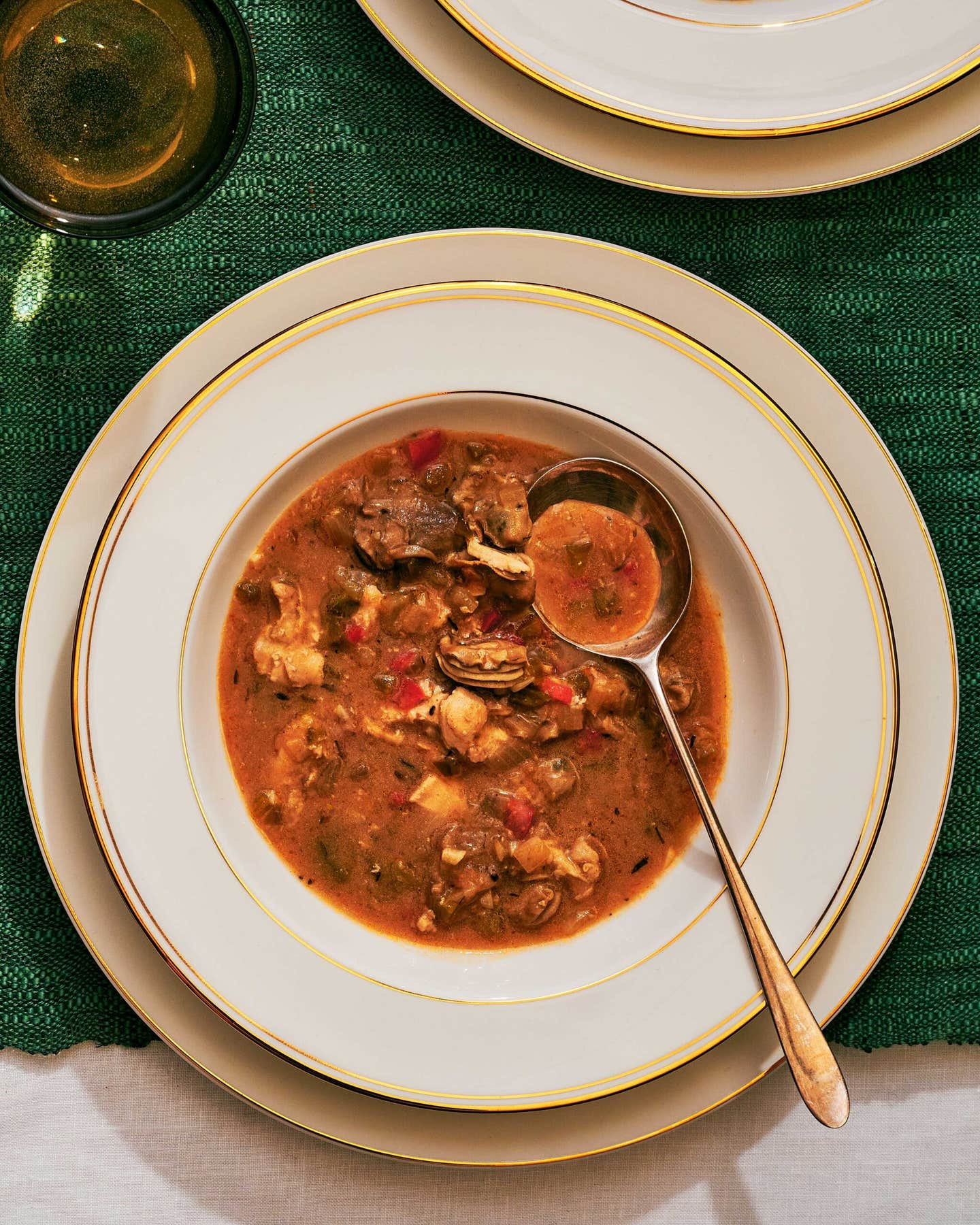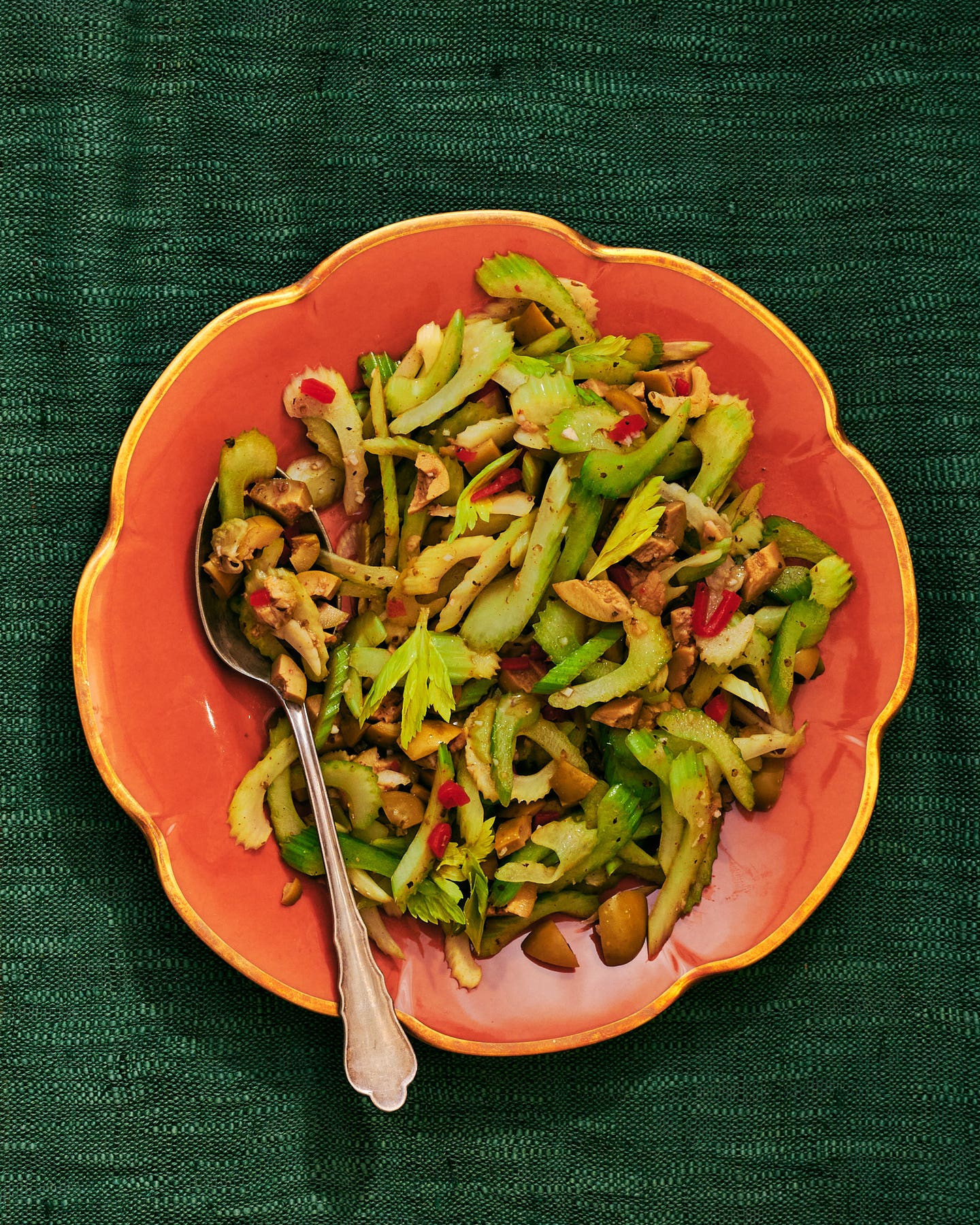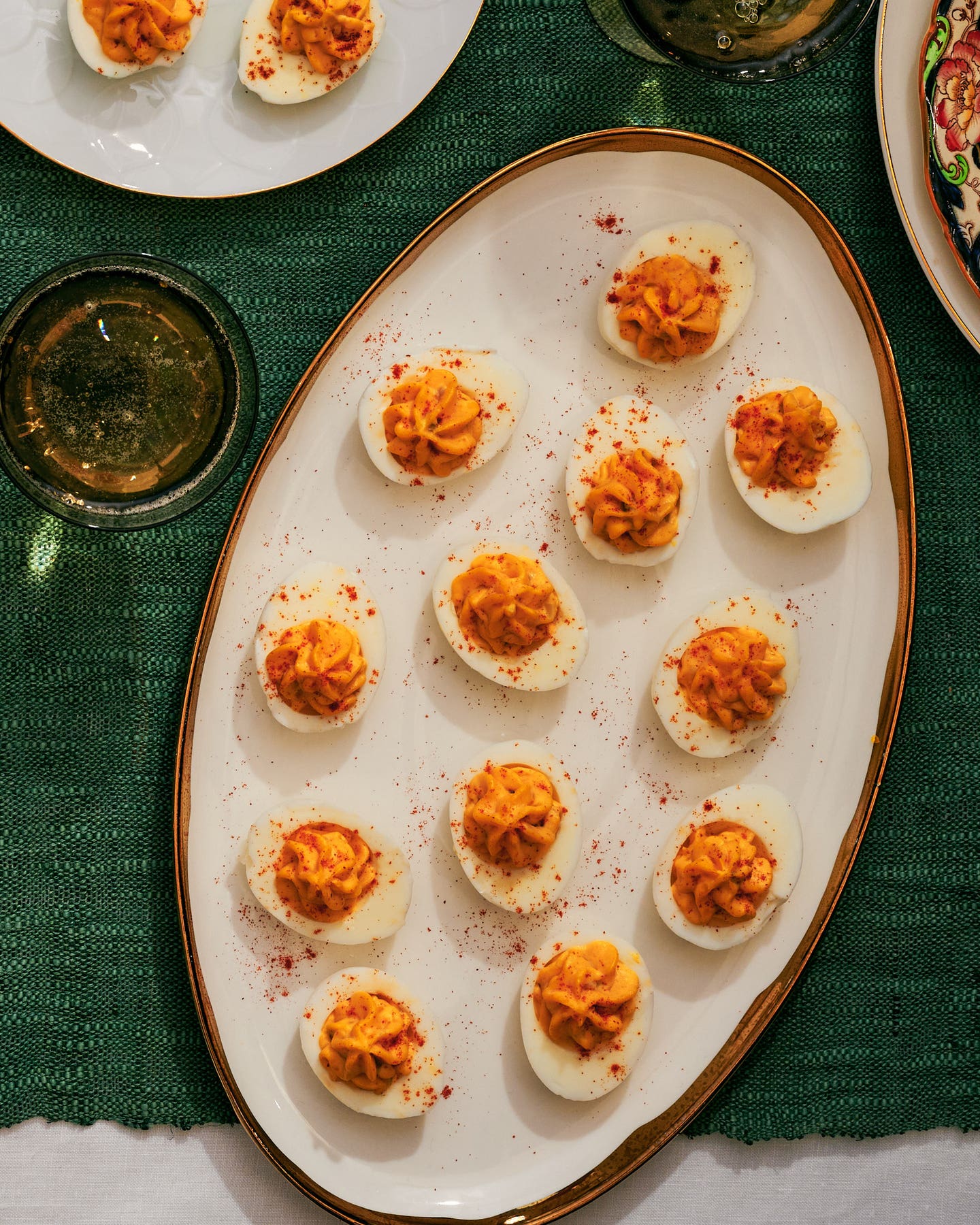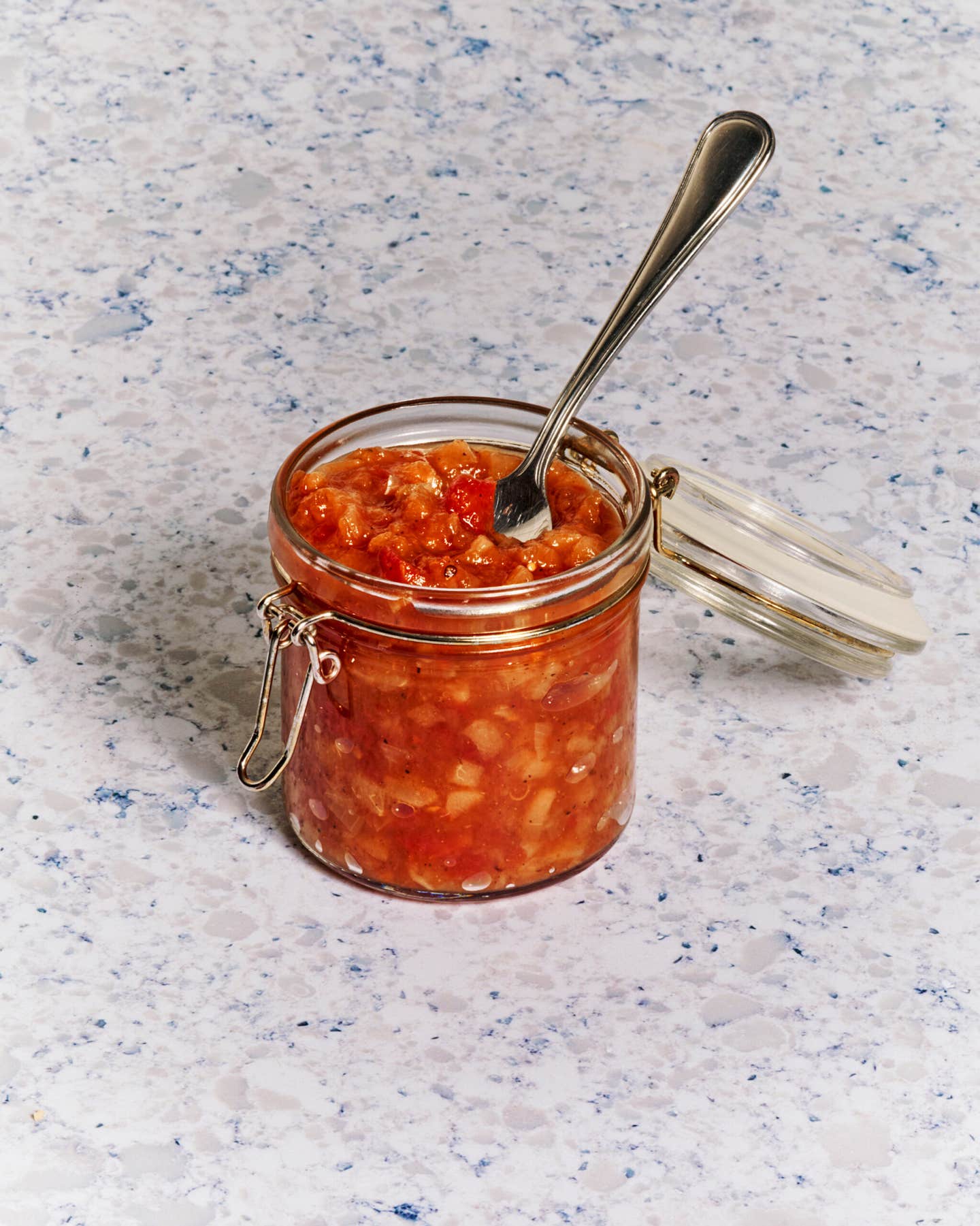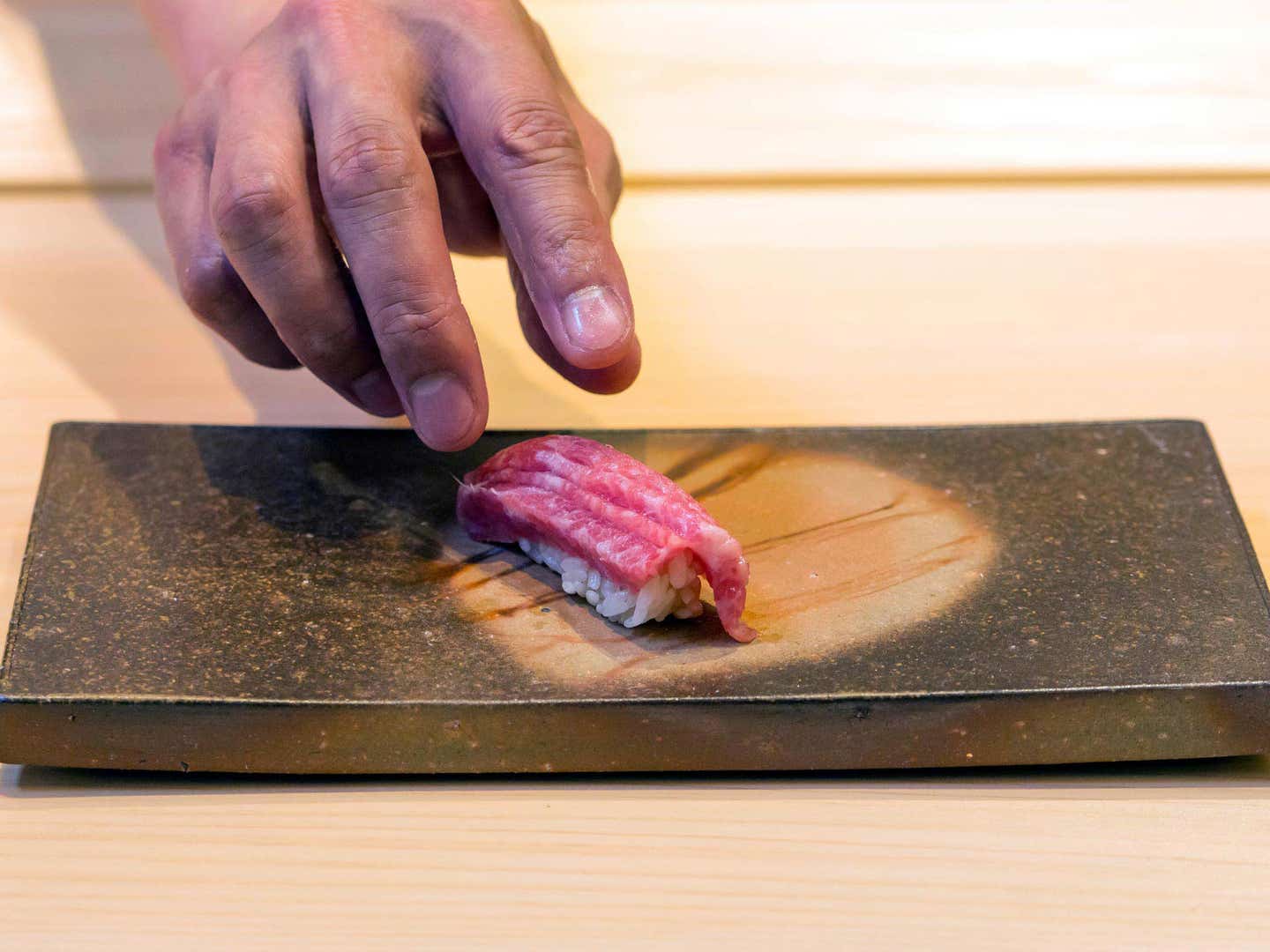
How the Centuries-Old Japanese Tradition of “Aged Sushi” is Evolving in America
The venerated Tokyo-style Edomae sushi—which is often cured before serving—is growing more popular in the U.S., but not all sushi masters are sticking to tradition
At Sushi Ginza Onodera, which was recently awarded its second Michelin star, sushi master Masaki Saito presides over pounds of fish shipped straight from Tokyo Bay to his New York City restaurant. Golden-eye Snapper, gizzard shad, and Japanese tiger prawn are a few of the delicacies chef Saito masterfully prepares during his two nightly omakase seatings. But chef Saito, who grew up in Hokkaido and attended a trade high school focused on marine life before he studied sushi in Tokyo, prepares his sushi differently from most. Instead of simply positioning the raw fish atop a mound of sushi rice, chef Saito abides by the principles of Edomae. Edomae (Edo is the old name for Tokyo and Mae literally means “in front,” as in waterfront) is a style of sushi that was invented in Tokyo about 200 years ago. Sushi master Kikuo Shimizu first defines it broadly in his book on the subject, Edomae Sushi, as “What an expert sushi chef makes by hand out of Japanese ingredients.” But there’s more to it than that. Edomae-style sushi is generally understood to involve treating the fish—which in the strictest interpretations must come from Tokyo Bay—with some sort of cooking or curing element before serving it.
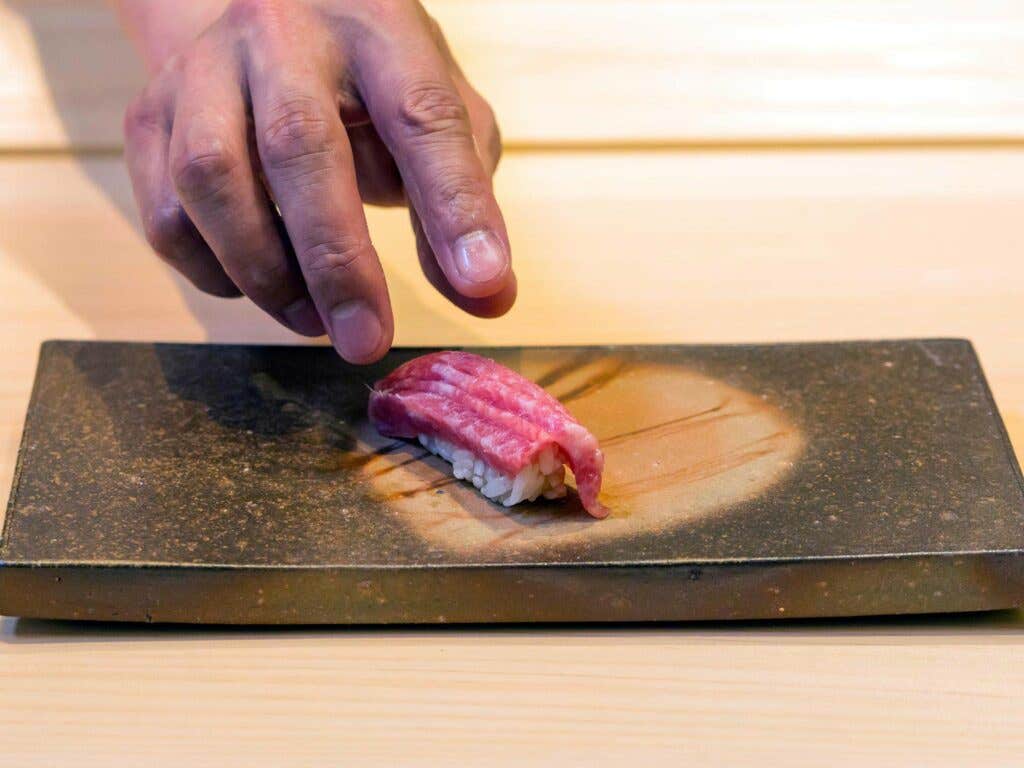
Despite its precision today, Edomae-style sushi was a method born of necessity. In nineteenth century Tokyo, "nigiri sushi"—a small ball of rice smeared with wasabi sauce and topped with raw fish—"was first sold to day laborers from waterfront pushcarts as a 'fast food,'" writes Shimizu. Without any means for refrigeration, fishermen pulling their catch out of Tokyo Bay needed to find a way to make their fish last longer. "With maybe two million inhabitants to feed, they must have tried everything to extend the edible life of the landed catch," he continues. They soon understood that using certain preservation methods—like marinating the fish in salt and vinegar, curing it in salt, cooking it with soy sauce, or putting it into a pot with rice—would extend its life.
But today, when refrigeration is readily available, why wouldn't a sushi master just serve fresh, raw fish? Chef Saito explains that "by using the freshest fish to begin with, then taking the time and care to bring out the umami flavors by aging it, we are bringing out hidden flavors that you can't have if you simply just cut and serve fish." In his book, Shimizu writes: "Raw isn't good for all fish…there's fine-tuning to be done behind the scenes—sprinkling salt, rinsing with vinegar, flash-blanching in boiling water—that's real Edomae waza [technique]."
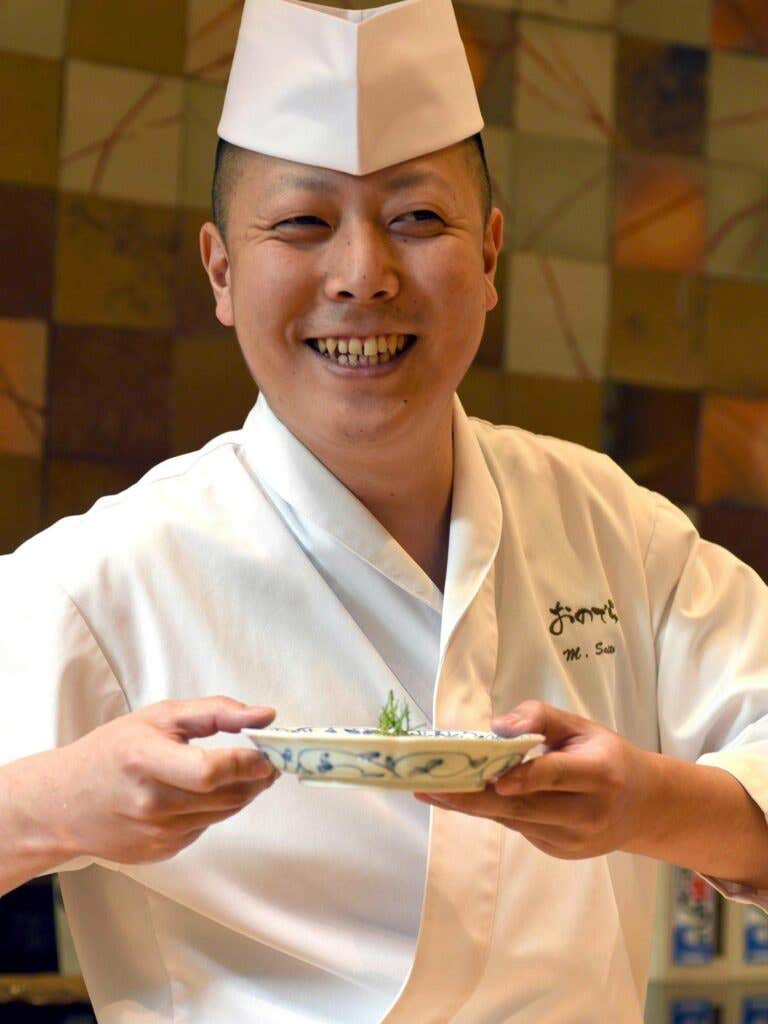
Once you taste Edomae-style sushi, it makes sense. Squid, for example, is rendered buttery, tender, and flavorful without a hint of the rubberiness that is so often associated with the raw stuff. After chef Saito cures it in salt to remove all its water, boils it for about 3 seconds, and then gives it an ice bath before dressing it in sudachi (a Japanese citrus) and charcoal salt from Japan, he then molds it onto a bed of expertly prepared rice. The bite is pure, succulent umami.
Chef Saito is joined by other highly trained Edomae chefs who have been bringing these methods to Americans in cities like New York, Honolulu, Los Angeles, Seattle, and San Francisco over the last few years. And while all Edomae chefs agree on using various aging methods to prepare fish, some broaden their sourcing tenets to allow for the use of local ingredients.
Chef Saito is strict: He only sources his ingredients from Japan, with all of his fish coming directly from Tokyo’s Tsukiji Fish Market. Chef Hiroyuki Naruke of Q Sushi in Los Angeles is a touch more forgiving, occasionally using local seafood when the quality is high enough. If the uni from Santa Barbara, for example, happens to be up to snuff, he’ll use that instead of importing it from Hokkaido, like chef Saito does. Chef Nozomu Abe, who just opened his namesake Sushi Noz on New York’s Upper East Side, practices the Edomae method in his preparations, but by his definition, quality trumps location entirely. “As a chef,” says Abe, “it’s important for me to enjoy sourcing ingredients locally and discovering new things instead of just making a phone call to Japan to send this and that fish.” To that end, he may source langoustines from Scotland, but will preserve them in the U.S.’s only Edomae-style ice chest—a 19th-century Japanese storage vessel that uses massive ice blocks to keep fish fresh.
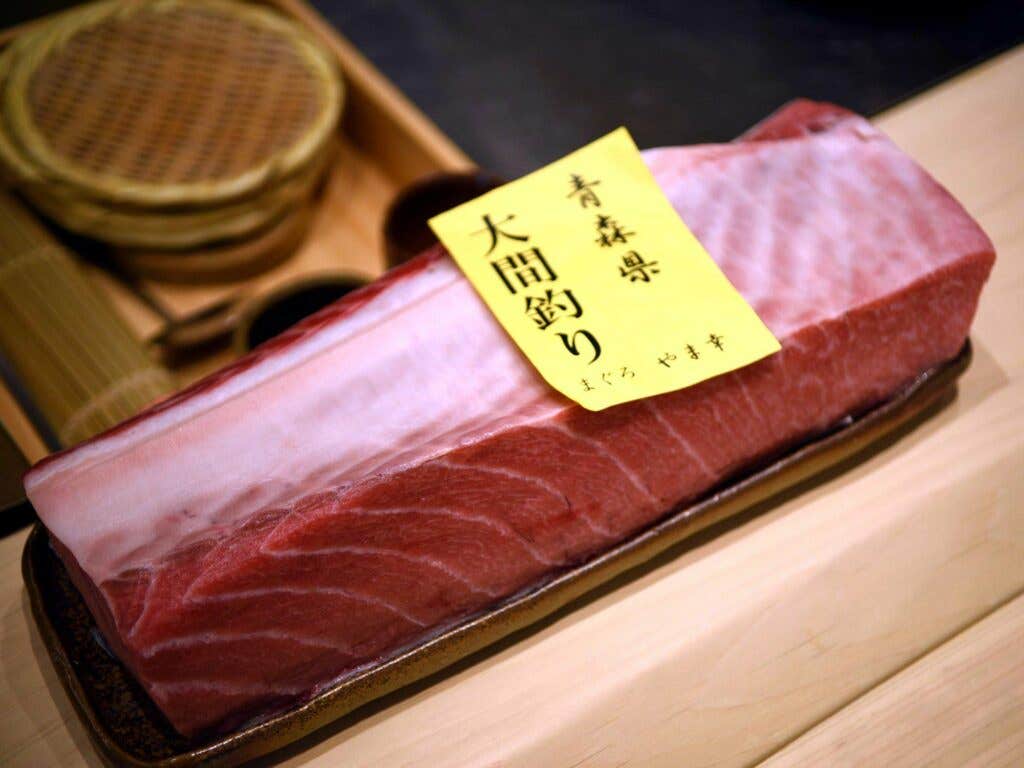
When chef Saito gets a fish in from Tsukiji, he first checks for freshness and quality. After cutting it and breaking it down, he determines how best to preserve it—even the same species of fish might be prepared differently depending on its size or toughness. “This could mean washing it and vacuum sealing it, submerging it in salt water, wrapping it in paper, or sealing it in kombu. It all depends on the fish,” he says. The aging process itself is painstaking as well, with daily adjustments as necessary. He once dry-aged a whole bluefin tuna for more than two months: Just as dry-aging tenderizes a steak and allows it to develop intense umami flavors over time, firm, red fishes can benefit from a long aging process, too. One bite, and any meat connoisseur will agree.
According to chef Abe, Japanese cuisine is the art of subtraction. “A tuna is the same as a human body—it’s seventy percent water,” he says. “That’s what goes bad first—the water. So to age it, you want to take the water out and keep the umami inside. When you think of aging, people think it’s letting it rot but it’s actually just subtracting the water from the fish. It’s delaying the rotting process.”
Like Abe, chef Naruke believes that less is more. “By curing, searing, or boiling, I try to get rid of the extra stuff obscuring the flavor. So by salting it, I get rid of the smell. By boiling it, I get rid of the extra fat, leaving only the umami. In Western food, you tend to add more flavor to make it taste better,” says Chef Naruke. “But for Edomae, the flavor is already there in the fish.”
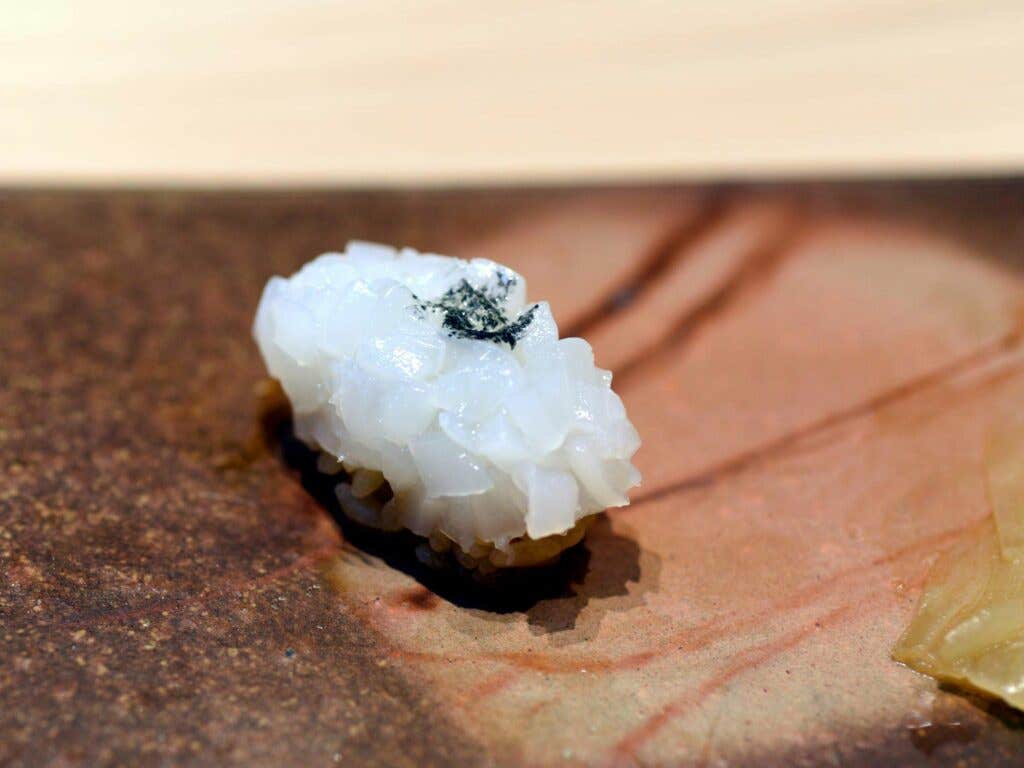
Convincing Americans that aged sushi is actually the way to go (and that a $300 omakase menu by these highly-specialized chefs is worth it) has been a bit of an uphill battle. Chef Saito finds that most of his customers have been to Japan and eaten Edomae sushi there (he estimates about 60 percent of Tokyo’s sushi restaurants serve Edomae sushi). But chef Naruke says that because Edomae sushi doesn’t actually look any different than regular sushi—although the preparation is not the same—his customers don’t seem to mind, especially once they taste the fish. Chef Kaze Chan of Sushi-san in Chicago has taken a different tactic to make Americans comfortable with trying aged sushi. He’s broadened the definition of Edomae so much so that he applies it to non-traditional sushi ingredients like tomato and pork. “We use the traditional methods and techniques of Edomae to inspire all of our creations, including applying it to fish, vegetables, meats, and more,” he says. For example, in his melted tomato nigiri, chef Chan brushes segments of a Mighty Vine tomato with miso soy and sprinkles it with Upethi salt, a high-quality Balinese sea salt. Then he sets it above the robata grill for about two hours to approximate a texture similar to curing, before draping it over seasoned sushi rice.
For chef Chan, being inspired by Edomae methods allows him more freedom and creativity, and to share his interpretation of Edomae with more customers. “The education and awareness about sushi and its methods are growing,” says chef Chan, “and people are learning and appreciating the main principles that go into creating sushi.”
But for chefs like Masaki Saito, tradition is still paramount; he’s not interested in reinterpreting Edomae sushi for American palates: “Coming here is like being in Ginza,” he says. “You need a passport.”
Keep Reading
Continue to Next Story

